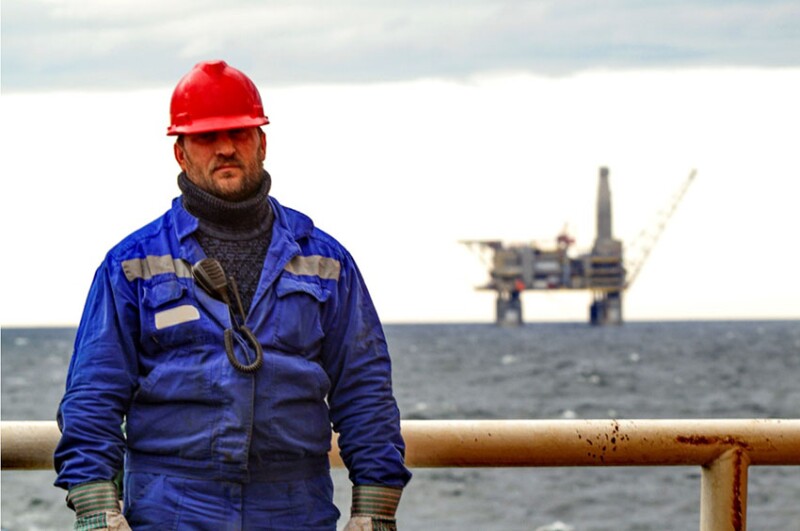The oil and gas industry will spend an estimated $400 billion this year, and the lion’s share—about 90%—will go toward keeping existing production flowing. That figure is a reminder that while new discoveries grab headlines, the heavy lifting in meeting global energy demand happens in the maintenance of aging wells.
One of the central pillars of that effort is well intervention—an often underdiscussed but essential component of upstream engineering. And despite its importance, it remains an opaque domain, where both the costs and the outcomes can be as uncertain as the need for intervention itself.
Javier Farinez, global petroleum engineering manager at BP, summed up the challenge during his keynote at the recent SPE/ICoTA Well Intervention Conference and Exhibition: “We are struggling a little bit to understand what the right way is to benchmark intervention. We would like to find out how often one should intervene a well.”
That’s a problem. Without meaningful benchmarks, operators are left to operate in silos, making intervention decisions based on internal assumptions or anecdotal comparisons. One operator might intervene on 10% of its wells each year, another with similar well conditions in the same basin might do nothing.
BP itself will allocate about $500 million for intervention from its total oil and gas capital budget this year of $10 billion, Farinez added.
While oil companies attempt benchmarking studies internally, there’s no common standard, no shared baseline, which means there is no consistent way for the industry to measure the value of interventions.
Farinez likened the current state of evaluating benchmarking studies from other operators to comparing “apples to potatoes to cabbage—you can’t understand any of the data.”
Consequently, many struggle to assess if their intervention strategies are too aggressive or not aggressive enough. Adding to the difficulty of justifying intervention work is the increasing complexity of the operations due to the nature of maturing reservoirs and rising operational costs.
Farinez related that it’s not easy “to spend $40 million when you don’t clearly know what the benefit or the success ratio is.”
The BP engineering manager closed by calling for a practical—not perfect—benchmarking strategy which he said will require greater collaboration among operators, service providers, and technology developers. Ultimately, he said this would help to bring down costs and establish more-transparent performance standards.
While the need for standardized benchmarking was made very clear, Farinez also affirmed that the future of well intervention is “very bright.” Several papers covering both onshore and offshore operations presented at the conference backed up that optimism and highlighted how the industry is already pushing the boundaries of what intervention can achieve.
BP shared SPE 224044, a paper that covers key lessons learned after years of intervention work in the newly renamed Gulf of America. The paper focuses on the company’s adoption of riserless light well intervention (RLWI), a method that significantly reduces costs by replacing traditional offshore drilling units with light vessels to perform the work.
While the supermajor did not disclose economic figures, it reported double-digit gains in net present value and internal rate of return for the wells involved, even during a low-margin price environment of its campaigns that took place between 2020 and 2024.
The BP study also demonstrated that RLWI—using mostly slickline-deployed tools—is effective across a broad range of operations. These include plug setting and retrieval, real-time logging, fluid sampling, perforating and cutting, and the installation and activation of flow control and safety valves.
Another strong example of innovation came from the Abu Dhabi National Oil Company (ADNOC) and Halliburton. In SPE 224087, authors from both companies detailed “mega-reach” coiled tubing (CT) interventions in what are believed to be the world’s longest oil wells—drilled by ADNOC from artificial islands off the coast of the UAE.
The latest and longest of these extended-reach wells was drilled to a measured depth of 53,000 ft, presenting no shortage of technical challenges. Over time, however, the companies advanced CT accessibility from roughly 20,000 ft to nearly 37,000 ft through a series of enabling technologies. The list includes customized CT string designs, specialized surface systems, and optimized friction reducers to minimize metal‑to‑metal drag.
Downhole conveyance tools also played a key role by generating the force needed to move CT beyond previous limits. Still, the authors said they found that current tractor technologies only provide enough force to reach about 37,000 ft.
Pushing the envelope further, they said, will require collaboration between manufacturers, service companies, operators, and tool developers. And even if the tractor hurdle is cleared, several additional challenges will need to be systematically tackled to enable CT interventions to 50,000 ft and beyond.
In SPE 224060, Baker Hughes and Saudi Aramco outlined what they view as their own major advancement in CT interventions, one that takes aim at the unacceptably wide margin for human error.
The paper outlines how onshore CT wireline interventions in the Middle East have been stymied by tool failures and tool losses, often caused by delayed human operator responses and the application of excessive downhole force during critical moments.
Such incidents, the authors noted, “led to client dissatisfaction and loss of trust, which not only impacted the remaining jobs in the campaign but also diminished competitive standing for future projects.”
To address these issues the service company and operator introduced a telemetry-enabled CT unit capable of powering the logging of the bottomhole assembly. This upgrade involves integrating a small cable to transmit real-time logging and sensor data. Paired with automation, this setup significantly reduces risk by enabling near-instantaneous response when compression or tension thresholds are approached.
“The improvements in operational efficiency and elimination of non-productive time have resulted in additional project awards, underscoring the potential for broader industry application, and setting new standards for automated safety in CT operations,” the authors concluded.
What this small sample size makes clear is that the know-how and technology behind well intervention are capable of impressive advancement. The challenge now is the asymmetry between companies—something technology alone won’t fix. It will take a deliberate human decision to collaborate, share, and align in order to turn individual breakthroughs into collective industry progress.
For Further Reading
SPE 224087 Continuous Improvement and Innovative Downhole Tool Combinations Used in the United Arab Emirates to Break Boundaries with Mega-Reach Coiled Tubing Interventions by Y. Shbeb and G. Correia, ADNOC Offshore; G. Ambrosi, E. Tuoyo, and L. Hernandez, Halliburton.
SPE 224060 Enhancing Service Delivery of Coiled Tubing Logging Operations with Intelligent Automation by Hassan Alnasser, Sadaf Chishti, and Zhiheng Zhang, Baker Hughes, Saudi Arabia
SPE 224044 The Evolution of Riserless Wireline Subsea Intervention in Deepwater Gulf of Mexico, Doing More with Less by S. E. Townsend, J. Duenas, and L. W. Ramnath, BP America.


